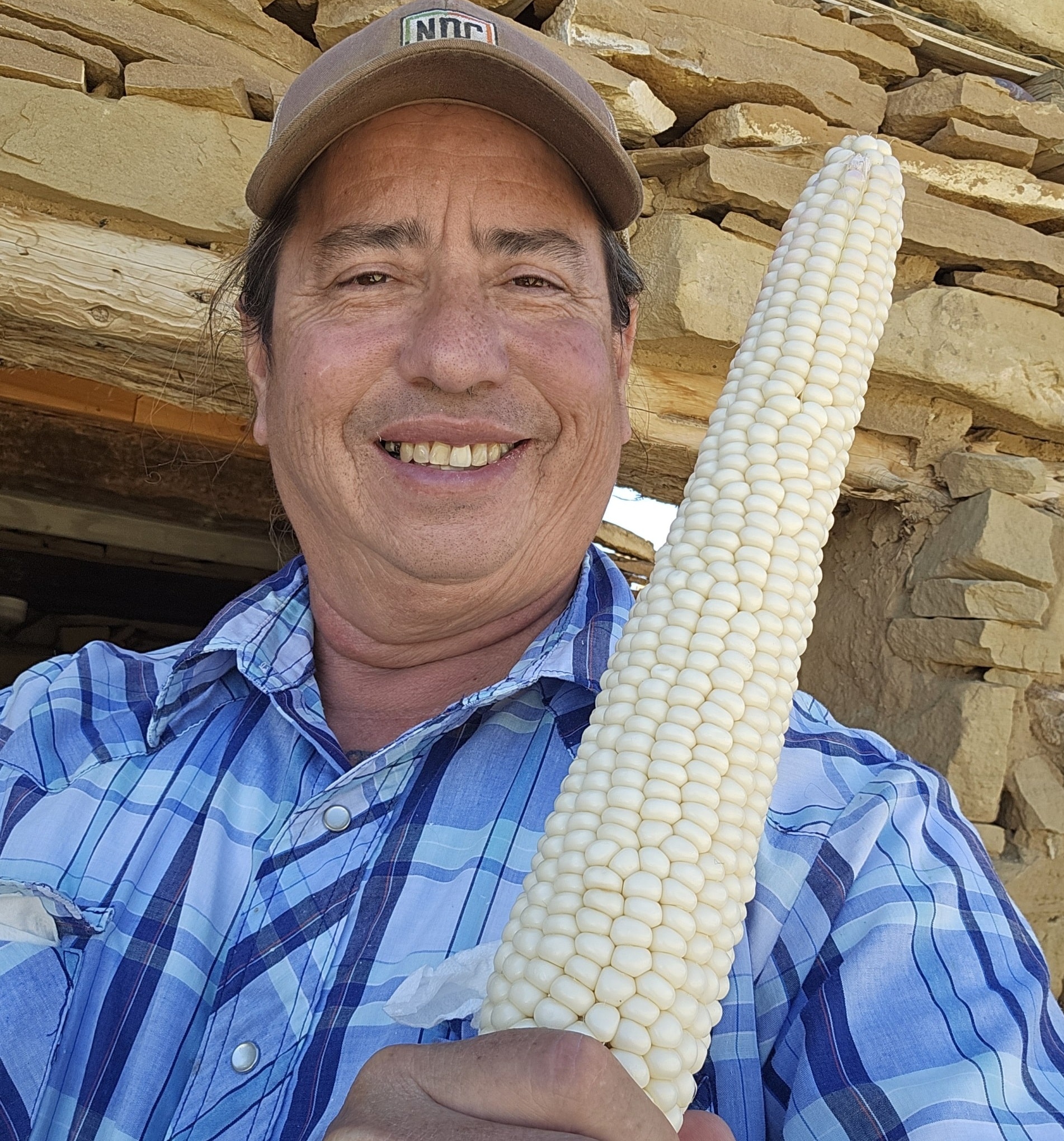What has Changed?
American Indians and other Indigenous societies have lived off the land since time immemorial. However, changing weather patterns and lack of political recognition continue to present undue hardships for tribal members not only in the United States, but globally. Indigenous traditional foods that are biodiverse, weather-adapted and nutritious are being replaced by highly processed foods, with devastating outcomes for the health of Indigenous people. Here in the U.S., tribal members have higher rates of diabetes, heart disease and obesity than any underserved population. One tribal nation in Arizona has the highest rate of diabetes in the world.
Revitalization of Indigenous Crops in the Southwest
Last year, I was awarded the Foundation for Food & Agriculture Research New Innovator in Food & Agriculture Research Award (New Innovator Award) to begin to address this issue. My project, Revitalization of Indigenous Crops in the Southwest, focuses on three main areas:
- Best practices for water conservation on Indigenous crops to manage weather fluctuations such as drought,
- Indigenous food nutritional analyses to gather data needed to add traditional crops to the diets of American Indian reservation-based school children and
- Finding ways to set up mobile research labs on American Indian reservations to collect soil and nutritional data to encourage Indigenous youth to pursue studies in the STEM (science, technology, engineering and math) fields.
Other strategies may bolster U.S. indigenous food systems as well, such as creating direct financial access for Native-led non-profit food organizations that have served their people in times of crisis, like the COVID-19 epidemic. Enabling some tribal organizations to sponsor watershed projects, rather than limiting sponsorship to tribal governments, would also be useful.
 Dr. Michael Kotutwa Johnson with harvested Hopi white ear of corn. Photo courtesy of Dr. Michael Kotutwa Johnson.
Dr. Michael Kotutwa Johnson with harvested Hopi white ear of corn. Photo courtesy of Dr. Michael Kotutwa Johnson.